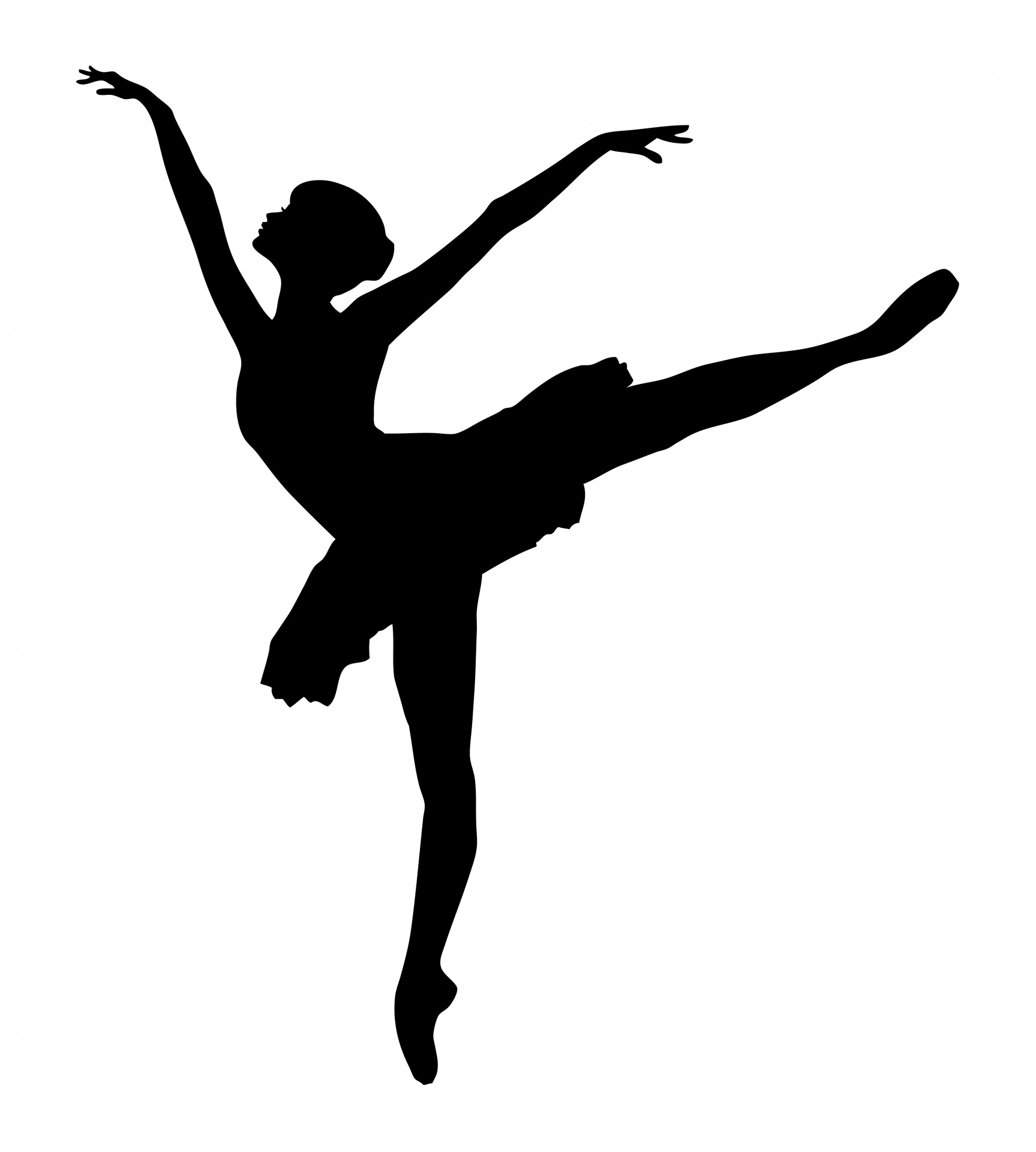Book Review: The Distance Home by Paula Saunders
Elegy for a Dancer
Amid the backdrop of the frozen hills of South Dakota, in the 1960s, there lived a family, typically American, struggling to survive, with dreams and aspirations to be fulfilled or forgotten. Thus the setting of Paula Saunders' first novel, The Distance Home. We are told it is an autobiographical work, based on the author's early life coming of age in a, both literally and figuratively, harshly rustic and volatile environment. In real life, Saunders left home at a young age to eventually become an apprentice ballet dancer with the Harkness ballet company in New York City. It is also apt to note that she is the wife of the well-known short story writer and novelist, George Saunders. This fact by the way, was not advertised (I don't believe Ms. Saunders needs the boost), I learned of it randomly by reading a short essay in the New Yorker written by Mr. Saunders.
 |
| Paula Saunders |
Saunders' literary debut explores the nuance of family dynamics, resisting facile stereotypes. Al is someone the reader would love to blame for the rampant dysfunction evident throughout the novel. Between his anger, abuse, and alcoholism there is not much room left for a benevolent soul, yet Saunders makes sure it surfaces from time to time. And in the end there is that tell-tale mellowing many abusive sorts seem to settle into. The same is true of Eve. She is not always the victim in this tale, she is often complicit There is plenty of poor judgement left over for her to regret. Even René is not always perfect (struggling with her weight, taking advantage of young admirers, etc...) and Leon not always a disappointment (being the most promising dancer at ballet class), yet the reader senses the gist of nurturing influence. We observe the tendency of incompatible elements like oil and water to either rise or sink.
The 1960s was a decade of much unrest: civil, sexual, political. Ms. Saunders wrings the pathos from the fiber of this era, letting it soak in to her pages. Yet, there is also present at the story's core, the swelling wave of optimism induced by a greater human understanding. Just as Eve once adopts the philosophy of Dr Norma Vincent Peale, his Power of Positive Thinking, René ultimately has good reason to allow herself to dream, to grab the barre and get back on her toes, so to speak. Even with the realization that not every casualty of that unsettled generation was caused by the Vietnam War, the reader is buoyed by René's (and by association Paula Saunders') steadfast desire to finish the dance.
4.1 Stars

Comments
Post a Comment